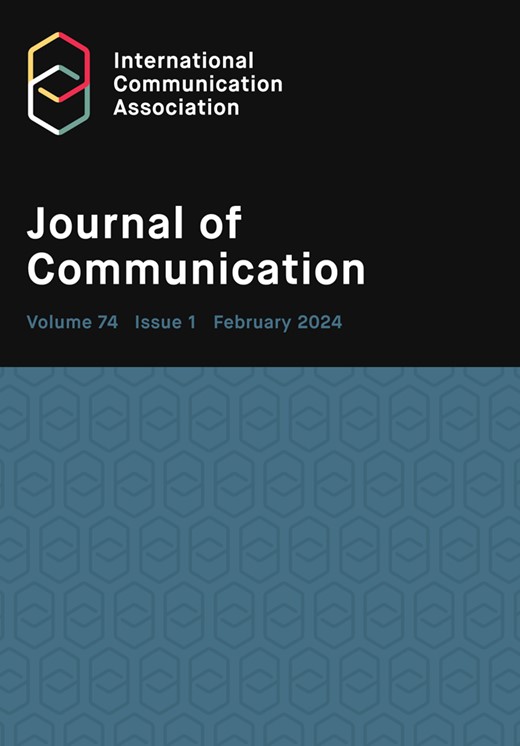Measurement and Design Heterogeneity in Perceived Message Effectiveness Studies: A Call for Research.
IF 6.1
1区 文学
Q1 COMMUNICATION
引用次数: 18
Abstract
Ratings of perceived message effectiveness (PME) are commonly used during message testing and selection, operating under the assumption that messages scoring higher on PME are more likely to affect actual message effectiveness (AME)—for instance, intentions and behaviors. Such a practice has clear utility, particularly when selecting from a large pool of messages. Recently, O’Keefe (2018) argued against the validity of PME as a basis for message selection. He conducted a meta-analysis of mean ratings of PME and AME, testing how often two messages that differ on PME similarly differ on AME, as tested in separate samples. Comparing 151 message pairs derived from 35 studies, he found that use of PME would only result in choosing a more effective message 58% of the time, which is little better than chance. On that basis, O’Keefe concluded that “message designers might dispense with questions about expected or perceived persuasiveness (PME), and instead pretest messages for actual effectiveness” (p. 135). We do not believe that the meta-analysis supports this conclusion, given the measurement and design issues in the set of studies O’Keefe analyzed.感知信息有效性研究中的测量和设计异质性:研究的呼唤。
本文章由计算机程序翻译,如有差异,请以英文原文为准。
求助全文
约1分钟内获得全文
求助全文
来源期刊

Journal of Communication
COMMUNICATION-
CiteScore
11.60
自引率
5.10%
发文量
41
期刊介绍:
The Journal of Communication, the flagship journal of the International Communication Association, is a vital publication for communication specialists and policymakers alike. Focusing on communication research, practice, policy, and theory, it delivers the latest and most significant findings in communication studies. The journal also includes an extensive book review section and symposia of selected studies on current issues. JoC publishes top-quality scholarship on all aspects of communication, with a particular interest in research that transcends disciplinary and sub-field boundaries.
 求助内容:
求助内容: 应助结果提醒方式:
应助结果提醒方式:


